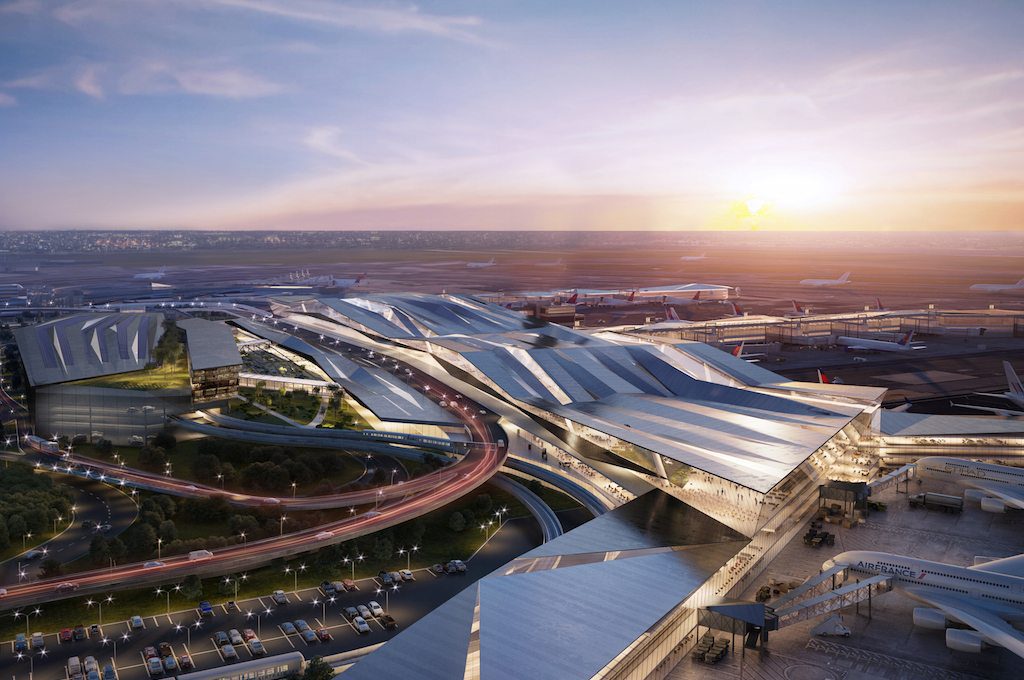The Airport of the Future May Evolve From Transport Hub to Attraction

Skift Take
Airport architects are busy rethinking the terminal experience, and that's a good thing. But don't expect any major changes, at least not soon. Instead, travelers will get incremental improvements.
It's not happening fast enough for many travelers, but many of the world's airports have over several years morphed into community spaces, where travelers can spend time in a yoga room, beer hall, butterfly garden, or children's playground before they fly.
So far, this is a trend most often seen at forward-thinking airports, such as Singapore Changi, with its butterfly garden, Hong Kong's airport with its IMAX movie theater, and Seoul Incheon with its indoor skating rink. In the United States, one of the most innovative amenities is the yoga room at San Francisco International — a unique spot, but nothing amazing.
Those global perks get considerable media attention and often ensure these facilities make various lists of the world's best airports. But the impressive amenities are still most often reserved for the world's largest gateways, often in the Middle East and Asia, usually at airports with big construction budgets. The typical American or European hub is still more interested in having luxury shopping and decent restaurants rather than butterfly gardens.
That could change soon, according to three architects who spoke recently with Skift. The three — Terence Young of Gensler, Andy Bell of Corgan and Pat Askew of HKS — said they expect more medium- and big-city airports will emulate major Asian and Middle East gateways by making airports more fun, with a greater sense of community.
Soon, they said, they expect more airports will be places travelers actually want to go, rather than where they must go. That doesn't mean travelers in Seattle or Paris will get over-the-top amenities like Singapore, where there's a four-story indoor slide, but it should mean they'll be more pleasant experiences.
Here are the architects' predictions on the airport evolut
